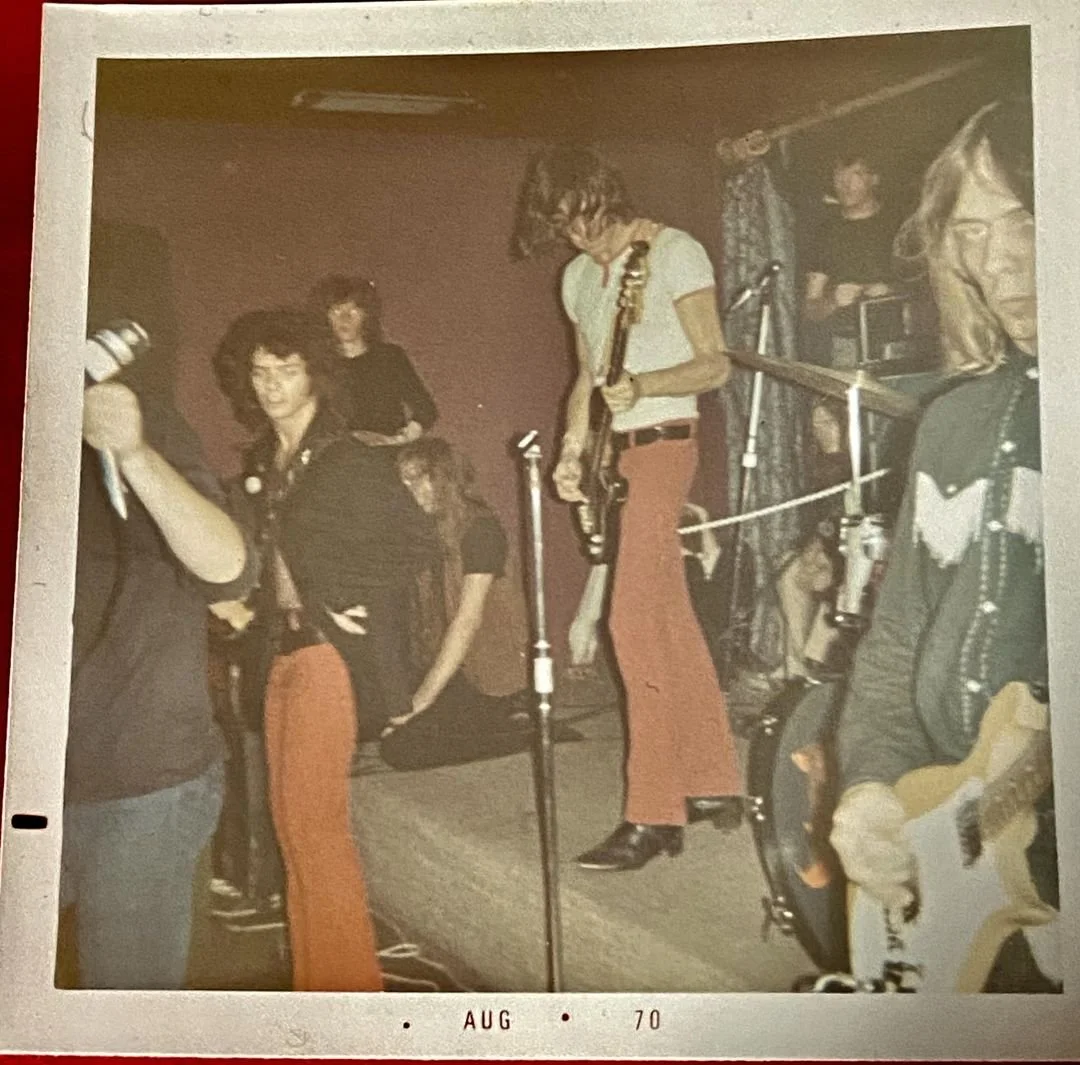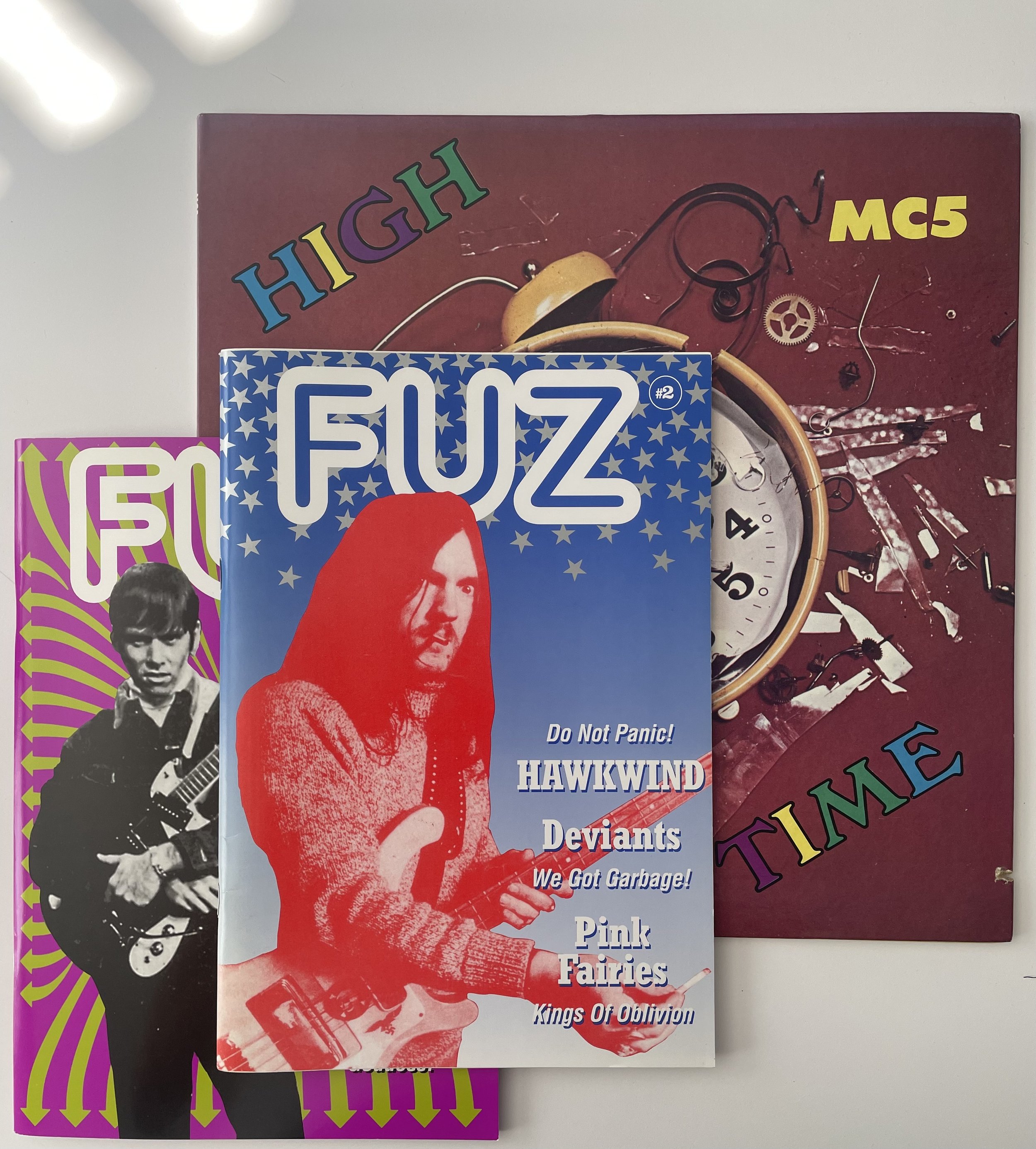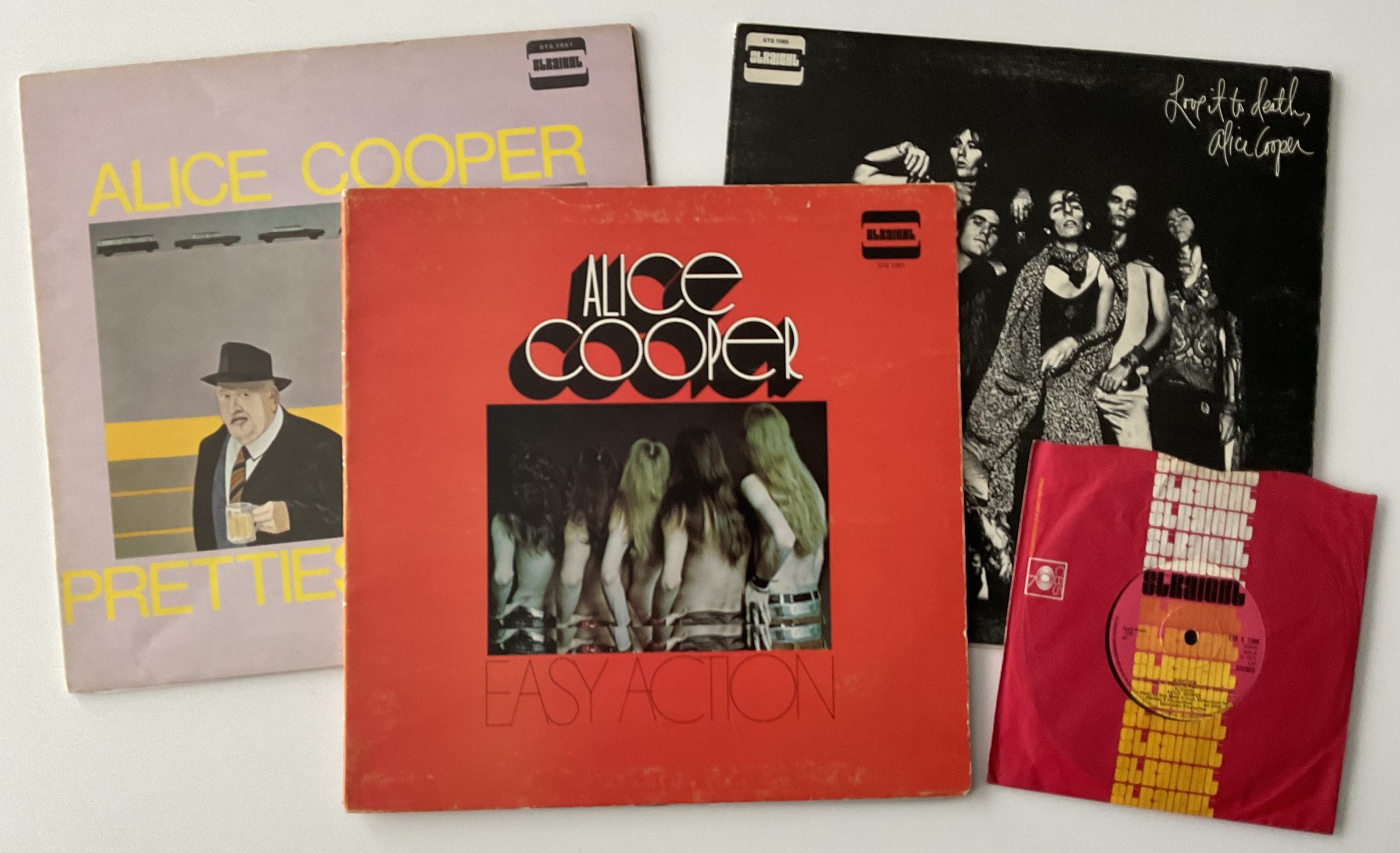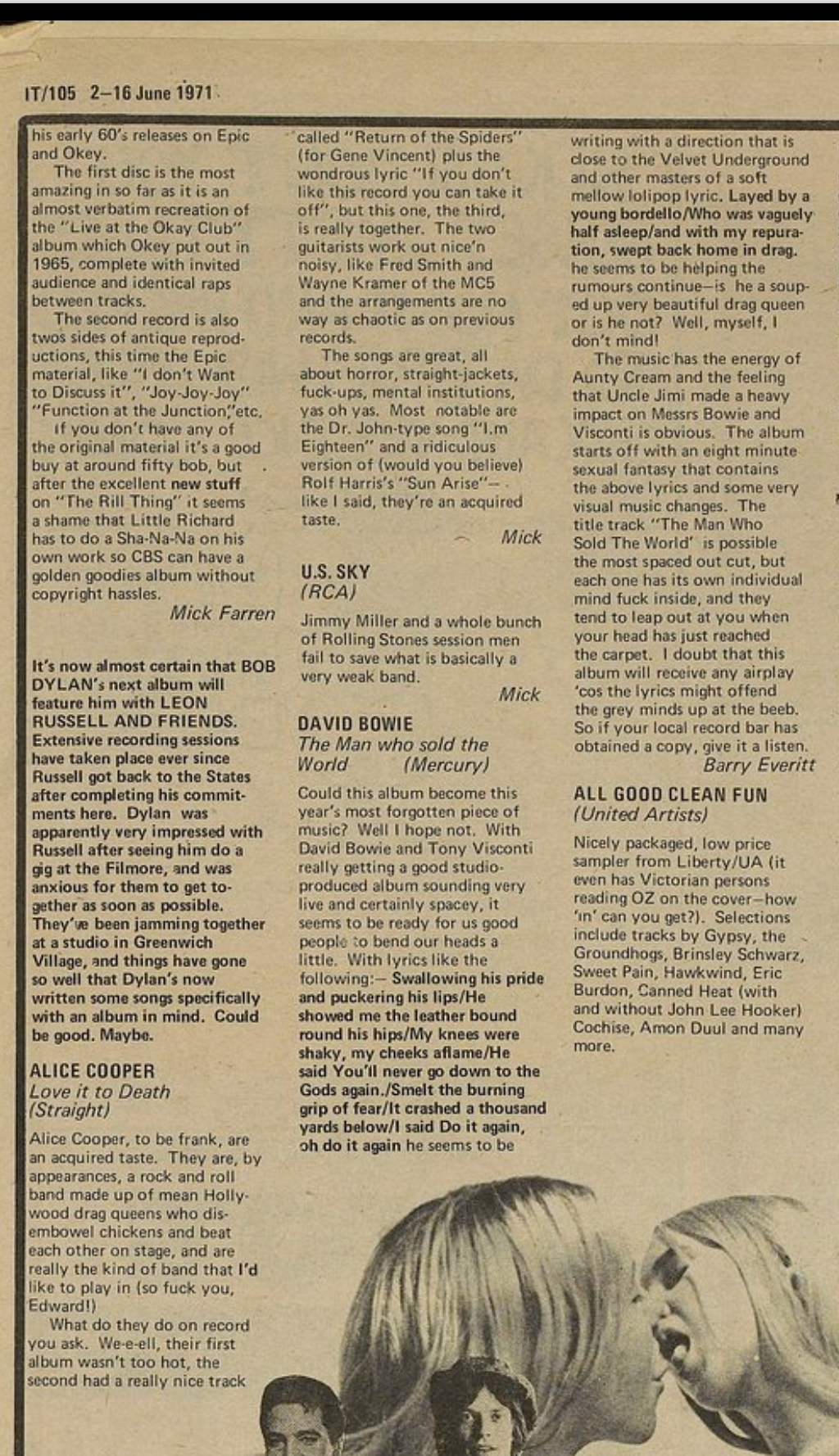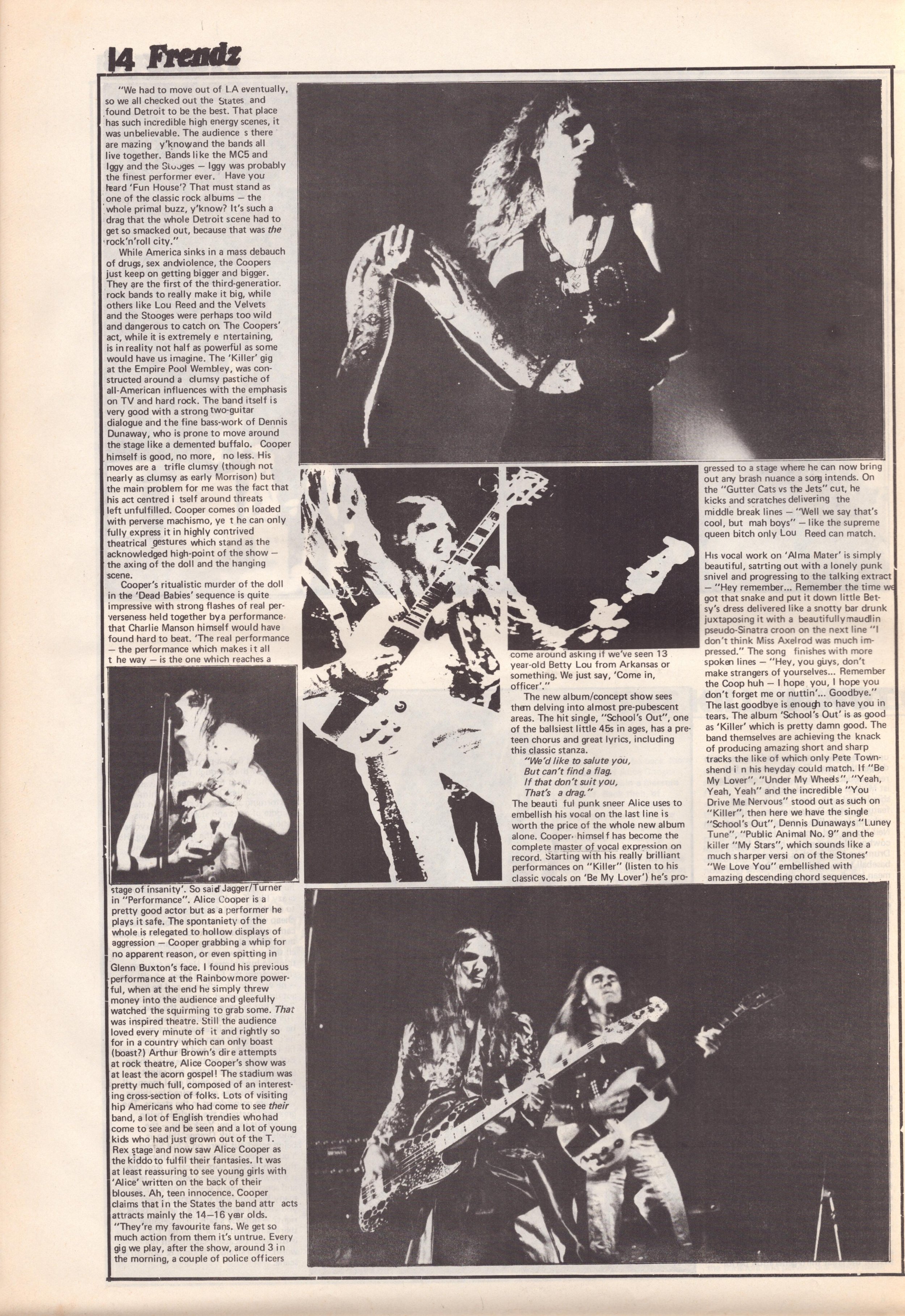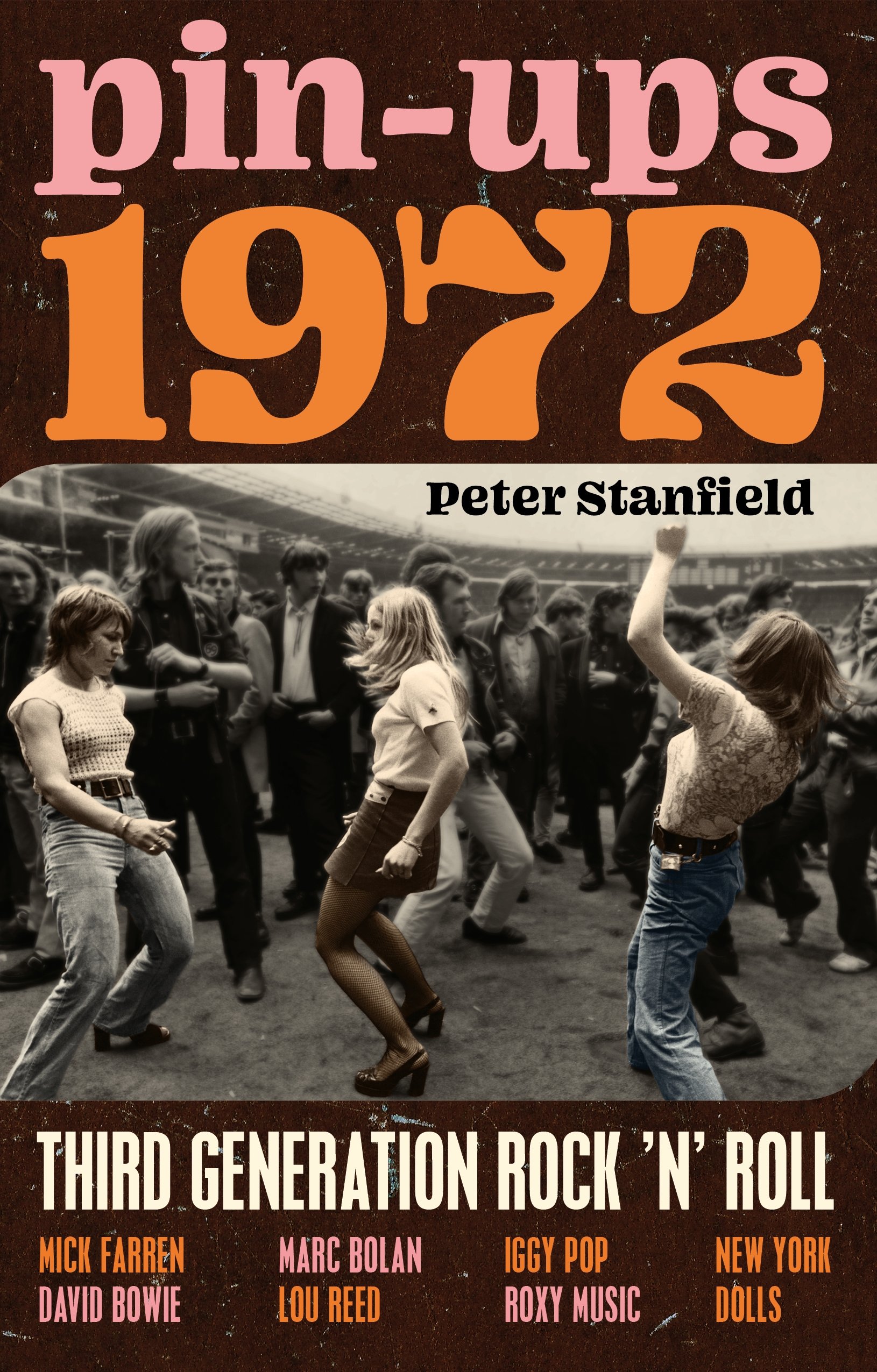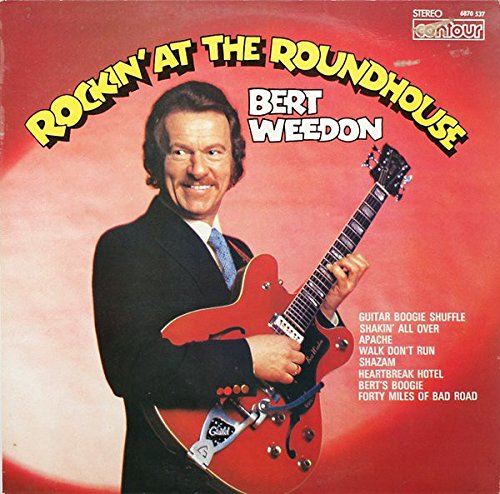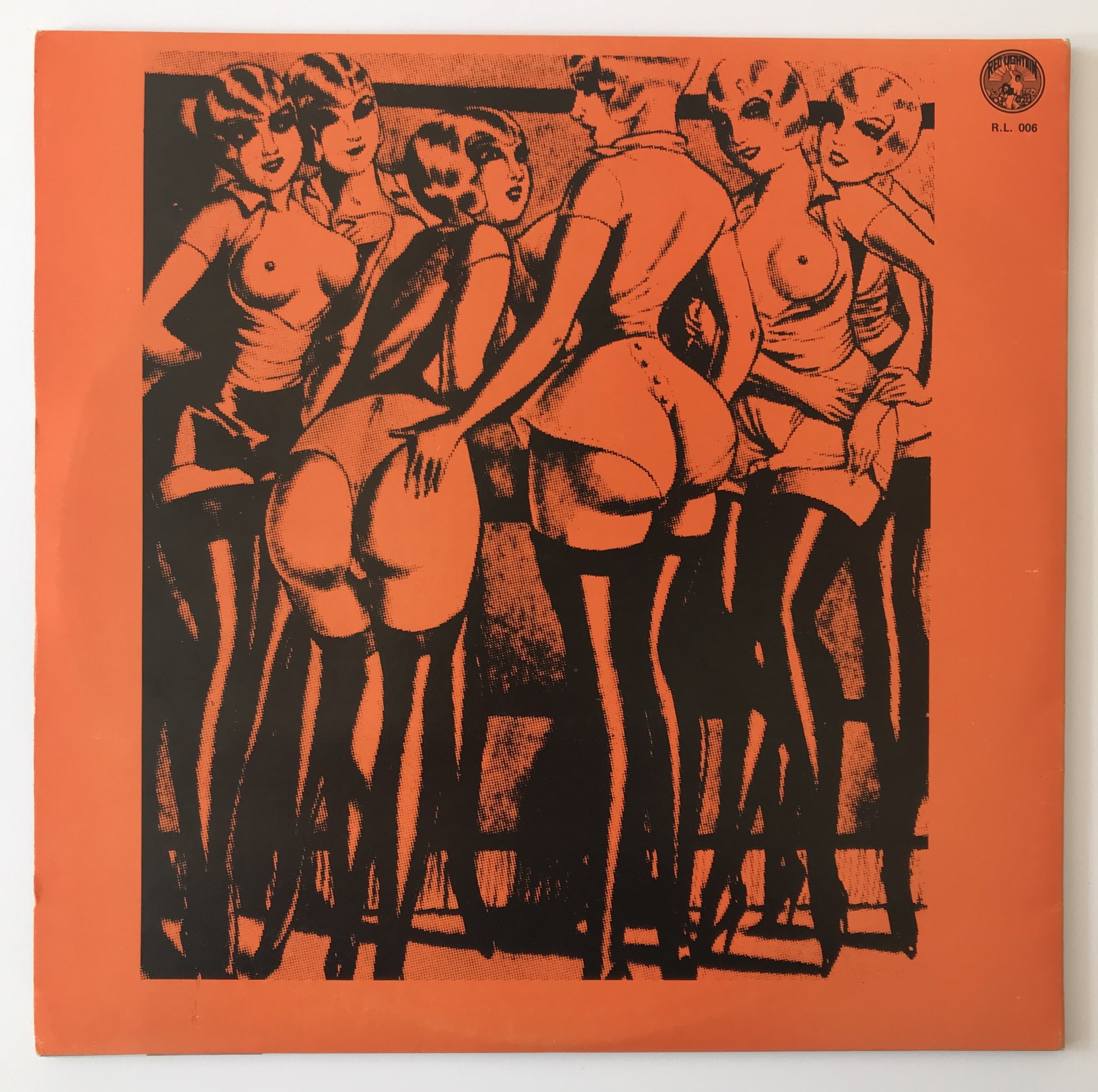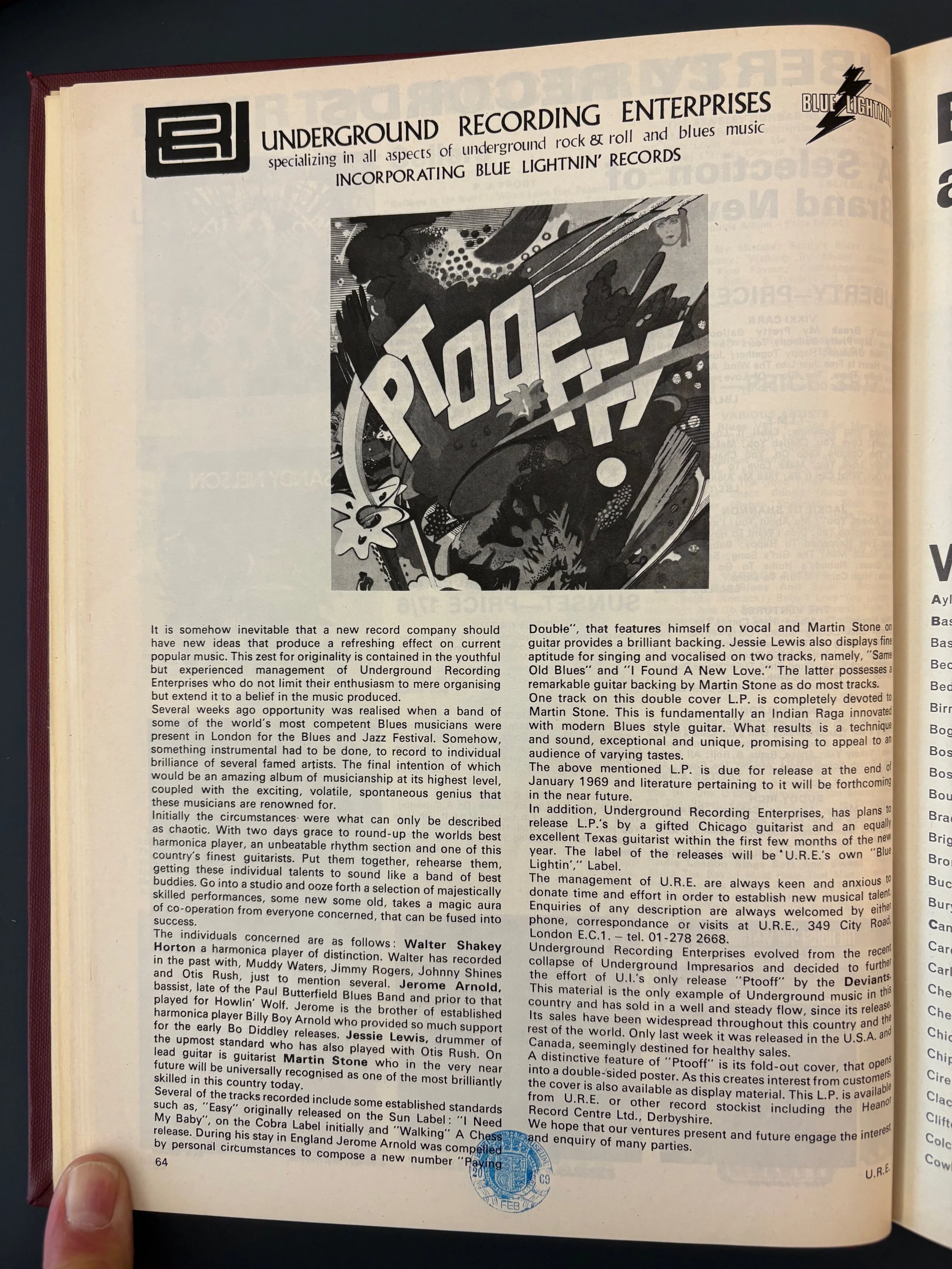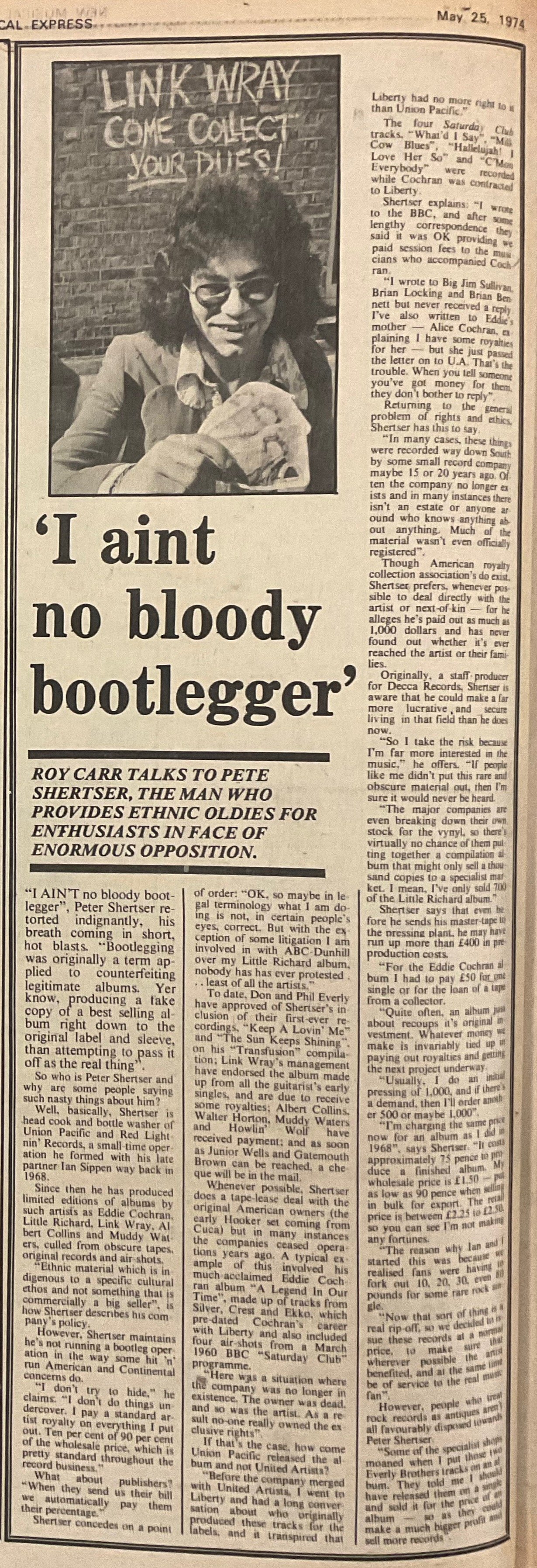. . . or ‘sunk ankle deep in urine mud’
Photographs by Jim Marshall and David Hurn
Trouble hit the third Isle of Wight Music Festival when thousands of kids camped on a steep slope which they spontaneously named Devastation Hill. From it you looked down on the 38-acre Festival arena, which was encircled by two sets of nine-foot-high corrugated iron fencing and patrolled by uniformed security guards with snarling Alsatian dogs. There was an excellent view of the action and the acoustics were great. However, the organisers, Fiery Creations had signed an agreement to keep people off the hill, which was National Trust property and not part of the festival site. They might have realised this was a physically impossible task if they had listened, say, to one kid who had taken three days to hitch down from Scotland: ‘All the bread I have is a few shillings for food. I don't have a ticket and I had no intentions of buying one, but I didn't imagine there'd be such a perfect free pitch up here. I was planning on sneaking into the arena if I had to, but I hadn't counted on those bloody dogs. Anyway, I'm sticking here’. He hammered home the last peg of his tent, unrolled a funky old sleeping bag and looked round at the mushrooming population of Devastation Hill. ‘You know’, he said, ‘Some guys were saying we ought to storm the fences and pull them down. Did you ever hear such bullshit? They don't recognize a cool scene when they have one’.
Camped on the Hill and in Desolation Row, a line of polythene and canvas shacks along a hedge, was a contingent of French, Algerian and American anarchists and street fighters engaged in a debate on the dialectics of the festival. Mick Farren, one of the British White Panthers [here], summed up their position: ‘We are saying that rock is an energy source which can be used to move and unite the people, and that its only function as a commodity is as a source of funds for the deprived. We are demanding free admission and free soup’.
Earth was a San Francisco publication, which explains the use of Jim Marshall’s photographs. Equally celebrated for his reportage, David Hurn is a British photographer, as are the writers Peter Stansill and Neil Lyndon. The former was editor at International Times, which might explain why Mick Farren gets a name check, the latter journalist later found infamy with his No More Sex War: The Failures of Feminism (1992). The tenor of the piece is end of times . . . urine mud even.











